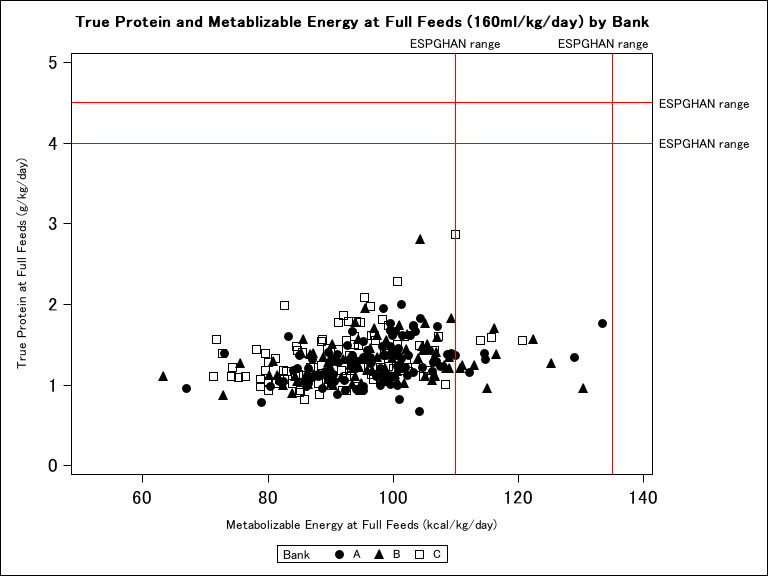Breastfeeding/Human Milk
Breastfeeding/Human Milk 1: Human Milk in the NICU
360 - Macronutrients and Metabolizable Energy: Preliminary Findings from a Global Study to Characterize Nutrients in Donor Human Milk
Publication Number: 360.101

Maryanne T. Perrin, PhD, MBA, RDN (she/her/hers)
Associate Professor
University of North Carolina Greensboro
Greensboro, North Carolina, United States
Presenting Author(s)
Background:
Donor human milk (DHM) plays a critical role in preterm infant feeding compared to formula given evidence of protection against necrotizing enterocolitis; however, additional evidence of inferior growth and a dearth of data on nutritional composition of DHM using reliable analytical methods remain.
Objective: To present preliminary data on the composition of DHM from 300 approved donors in the United States (US) and compare to preterm nutrition recommendations. This is a subset of a larger study to characterize DHM from 600 donors in the US, Chile, Kenya, Poland, and Vietnam.
Design/Methods: DHM samples were assessed as follows: true protein using the Kjeldahl method; fat using the Mojonnier gravimetric method; lactose using the Megazyme enzymatic method which is not influenced by oligosaccharides; human milk oligosaccharides (HMOs) using high pressure liquid chromatography, and metabolizable energy using conversion factors recommended by the Food and Agriculture Association of the United Nations.
Results: Most donors (270/300; 90%) gave birth at term. Mean lactation stage of donations was 18.8 weeks (range of -0.5 to 120.6 weeks); mean lifetime donation volume was 42.6 liters (range of 0.7 to 417.3). Mean macronutrient composition was: true protein 0.81 g/dL (95% CI 0.79 to 0.83); fat 3.2 g/dL (95% CI 3.1 to 3.2), lactose 6.7 g/dL (95% CI 6.7 to 6.8). Mean metabolizable energy was 17.6 kcal/oz (95% CI 17.4 to 17.8). At full feeds of 160 ml/kg/day, the mean nutrients delivered would equate to 1.3 g/kg/day protein, 10.8 g/kg/day lactose, 5.1 g/kg/day of fat, and 95 kcal/kg/day of metabolizable energy. Lactation stage had a significant association with all macronutrients (standardized β of 0.172 for fat; 0.327 for lactose; -0.380 for true protein; 0.179 for metabolizable energy, and -0.500 for HMOs p < 0.05). Lifetime donation volume was negatively associated with true protein and HMOs (standardized β = -0.263 and -0.273 respectively) and positively associated with lactose (standardized β = 0.315). No nutrient differences were observed by gestation (term vs preterm), and only total HMOs were associated with maternal age (standardized β = -0.163).
Conclusion(s): The true protein and metabolizable energy values we report are lower than clinical reference values for DHM in the US (0.8 vs 1.2 g/dL for protein; 17.6 vs 19.2 kcal/oz) highlighting the need for reliable reference values. These lower values may explain the observed slower growth with DHM feedings. Differences in milk banking models globally may yield alternative findings.
